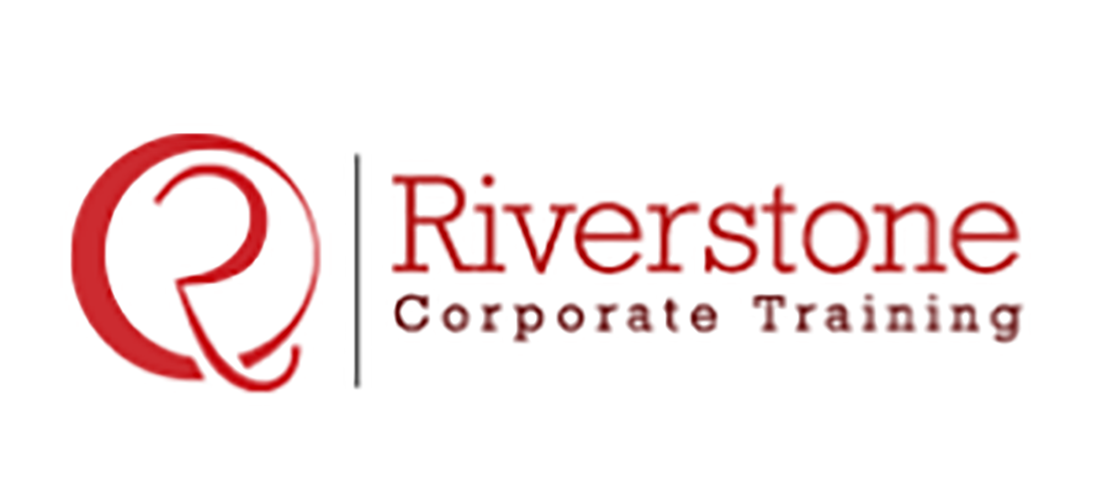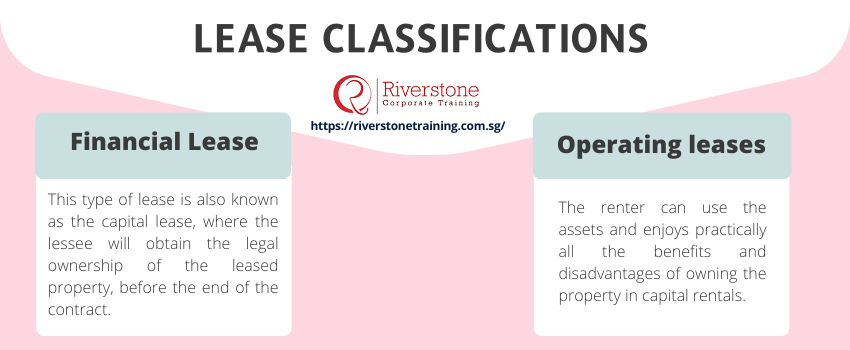
Lease Classifications Definition:
The term “lease” can be defined as the contract between the lessor and the lessee, to hire any asset for a specified period, and a fixed amount. The Lessor rents out the particular asset. The Lessee loans the said asset from the Lessor.
Types of Leases:
The lease division comprises of two main categories:
- Operating lease.
- Finance lease.
Finance leases: This type of lease is also known as the capital lease, where the lessee will obtain the legal ownership of the leased property, before the end of the contract. In other words, a financial lease Classification allows the lesser to transfer all the benefits and liability, attached to that particular leased asset, before the termination of the lease agreement, to the lessee. However, during the period of the lease, the lessee is responsible for the repairs and maintenance, as this category of a contract is nothing but a camouflaged loan. Some of the critical terms are
- Besides, the finance lease Classifications allows the asset to be used only by the lessee who signed the lease Classifications agreement.
- Also, the period of the contract usually covers more than 75% of the asset’s useful lifetime.
- The lessee generally pays at least 90% of the asset’s current value.
- This lease considered non-cancellable, although it is feasible for early termination.
- Ownership may transfer to the lessee at the end of the contract at lower than the fair value
- Risk related to assets transferred to the lessee, who is responsible for paying maintenance, insurance, and taxes.
Operating leases: The renter can use the assets and enjoys practically all the benefits and disadvantages of owning the property in capital rentals. If all conditions met, a change between risk and benefit happens. Unless the following terms are met, leases Classifications are deemed to be a capital contract:
- The rental period is less than 75% of the asset’s useful lifetime
- The Present Net Value (NPV) of rental payments is less than 90% of the Asset’s fair value
- The contract agreement or clause stipulates no title transfer – or – the lease term doesn’t allow the lessor to purchase a property at a reduced price at the end of the lease.
- Lessor retains the ownership at the end of the contract
- The risk remains with Lessor, who is responsible for paying insurance and taxes. Either lessee or lessor may pay the maintenance cost
How to Record a Lease in The Books?
Finance Lease: Example
Let’s suppose a Sky company (Lessee) that leases a car from a Cloud company (Lessor). The contract is for five years, and after each year, Lessee will compensate Lessor $100,000 per annum, and the present value of the assets is $ 435,000. In the situation where PV’s fixed lease payment is $432,947 at an implied in the loan is 8%. Here the lease Classifications rentals are more than 90% of the value of assets and hence classified as Finance Lease
Accounting for Lessor
The Lessor shall report the beginning of the lease by establishing a lease Classifications that is comparable to the required lease payment, at the rate of interest indicated in the contract, on his net lease contributions:
Buying of assets
| Asset (Dr) | $435,000 | |
| Cash (Cr) | $435,000 |
Enter in lease contract
| Lease receivable | $432,947 | |
| Asset | $432,947 |
The lessor shall report at the point of actual lease collection, lease payable decrease, and financial income recorded:
| Cash | $100,000 | |
| Lease receivable | $78,353 | |
| Finance income | $21,647 |
Accounting for Lessee
The effect of a mortgage is the identification of both an income and the debt in the leaser’s accounts, which is equivalent to the present value of the lease Classifications payments at the outset of the contract.
| Leased asset | $432,947 | |
| Lease liability | $432,947 |
Depreciation Accounting
| Depreciation (Dr) | $86,589 | |
| Accumulated Depreciation (Cr) | $86,589 |
Interest Expenses Recording
| Interest Expenses (Dr) | $21,647 | |
| Interest Expenses Payable (Cr) | $21,647 |
Lease Payment Recording
| Interest Expenses Payable (Dr) | $21,647 | |
| Lease liability | $78,353 | |
| Cash (Cr) | $100,000 |
Operating Lease: Example
Accounting for Lessor
Let say the asset fair value is $ 1 mn with total life is 15 years and lease Classifications rental is $ 100,000, then following accounting entries are passed in the book
Buying of assets
| Asset (Dr) | $1,000,000 | |
| Cash (Cr) | $1,000,000 |
The lessor shall accept the receipt of leasing during the first year as follows:
| Cash | $100,000 | |
| Lease rental income | $100,000 |
Depreciation Accounting
| Depreciation (Dr) | $66,666 | |
| Accumulated Depreciation (Cr) | $66,666 |
Accounting for Lessee
The accompanying journal entry is necessary at the time of lease payment:
| Lease expense | $100,000 | |
| Cash | $100,000 |
Operating Lease vs. Finance Lease – Key Differences Under New Accounting Standards:
The defining of operating and finance (previously capital) leasing has now become an issue with the new accounting standards namely, ASC 842 and IFRS 16, its implementation has also had a serious consequence on financial reporting. A finance lease normally takes virtually all risks and rewards of ownership of assets by the lessee and necessitates a recognition of an asset on the balance sheet along with a relative lease liability. However, in contrast, operating leases, though they now show up on the balance sheet as well, do not usually transfer ownership. The classification is based on certain factors such as term of the lease, and current value of payments and ownership transfer. It is important to learn all these nuances in order to present and analyze the financial statements properly, which is why enrolling in the best practical finance training courses for working professionals in Singapore or a hands-on financial modeling certification course in Singapore for analysts and managers can be highly beneficial for accurate lease accounting and reporting.
Transitioning to New Lease Accounting – Challenges and Best Practices for Lessees:
The change to the new lease accounting standards (ASC 842/IFRS 16) is a challenging endeavor that implicates great responsibilities among lessees regarding the planning and implementation of the process. The main challenge is how to identify and retrieve all lease agreements most of which were not recorded in the balance sheet before. Recalculation of the lease liabilities and right-of-use assets, data abstraction, and updating of the internal systems need a great deal of effort. Among best practices, we must make a cross-functional transition team, investing in a specialized lease accounting software, creating clear internal policies, and also provide thorough training of the employees. For teams lacking foundational knowledge, affordable short accounting courses in Singapore for working professionals and entrepreneurs can be especially helpful. Additionally, those revisiting older contracts during this transition may benefit from understanding how to draft and enforce a non-disclosure agreement in Singapore business contracts, which often accompany lease arrangements involving sensitive information. With an active management of these steps, a smooth transition will occur and minimize the errors in financial reporting and ensure adherence to the revised framework of accounting.


